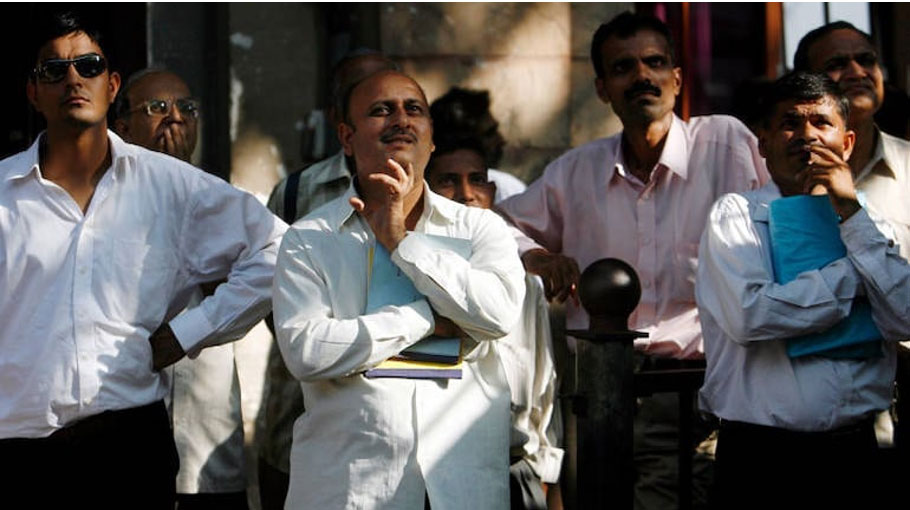
moneycontrol, Oct 14, 2020
The government decided to set up an agency or regulatory body known as the Securities Exchange Board of India in April 1992 to regulate the capital market and to protect the retail investors
Prateek Pant

A rogue trader, Harshad Mehta used the loopholes in the Indian Banking system & Bombay Stock Exchange transaction system to rig prices of dubious companies and defrauded Rs 5,000 crore from financial markets.
The period leading to this scam coincided with a surge in trading volumes, a lot of malpractices such as price manipulation, delay in delivery of shares, violation of rules and regulations of the stock exchange, and listing requirements.
Due to these malpractices, the investors started losing confidence in the financial markets. To quote Dalai Lama “A lack of transparency results in distrust and a deep sense of insecurity”
Much water has flown in the financial markets since the infamous Securities Scam of 1992. The Government of India decided to set up an agency or regulatory body known as the Securities Exchange Board of India (SEBI) in April 1992, to regulate the capital market and to protect the retail investors.
Setting up of NSE in 1994 was a key milestone. This was a platform to provide a modern, fully automated screen-based electronic trading system to investors spread across the length and breadth of the country.

Electronic trading helped cut out unknown middlemen and unnecessary commissions & delay in delivery of shares. This was followed by the Depositories Act in 1996 which introduced dematerialised holding of shares and securities.
This did away with physical certificates that were prone to postal delays, theft, and forgery and made the settlement process slow and cumbersome.
This also prevented the issue of fake share certificates floating in the market. It enabled electronic trading, with investors and traders even able to work from home.
There have been many more significant developments that have bolstered the capital markets in the last 2 decades. These include T+2 settlement cycle for faster payouts, the introduction of derivatives for risk management & strong insider trading regulations.
The equity markets were opened to large institutional investors both Domestic & Global. The foreign institutional investors (FIIs) have seen huge participation in volumes with growing confidence in the financial system & hold more than 20 percent stake in BSE 500 index companies.
Mutual funds have channelised domestic savings into equity markets & provide significant liquidity & depth to the markets. Mutual Fund regulations have seen many changes in the last decade to reduce the costs & protect the rights of investors.
Interestingly, the real estate industry is taking a leaf from the investment ecosystem & creating a similar regulatory framework by setting up of RERA, financialization by the introduction of REITs/ InvITs & largescale institutional participation.
Read our entire coverage on Harshad Mehta here
(Prateek Pant, Head of Products and Solutions, Sanctum Wealth Management)
Disclaimer: The views and investment tips expressed by experts on Moneycontrol.com are their own and not those of the website or its management. Moneycontrol.com advises users to check with certified experts before taking any investment decisions.